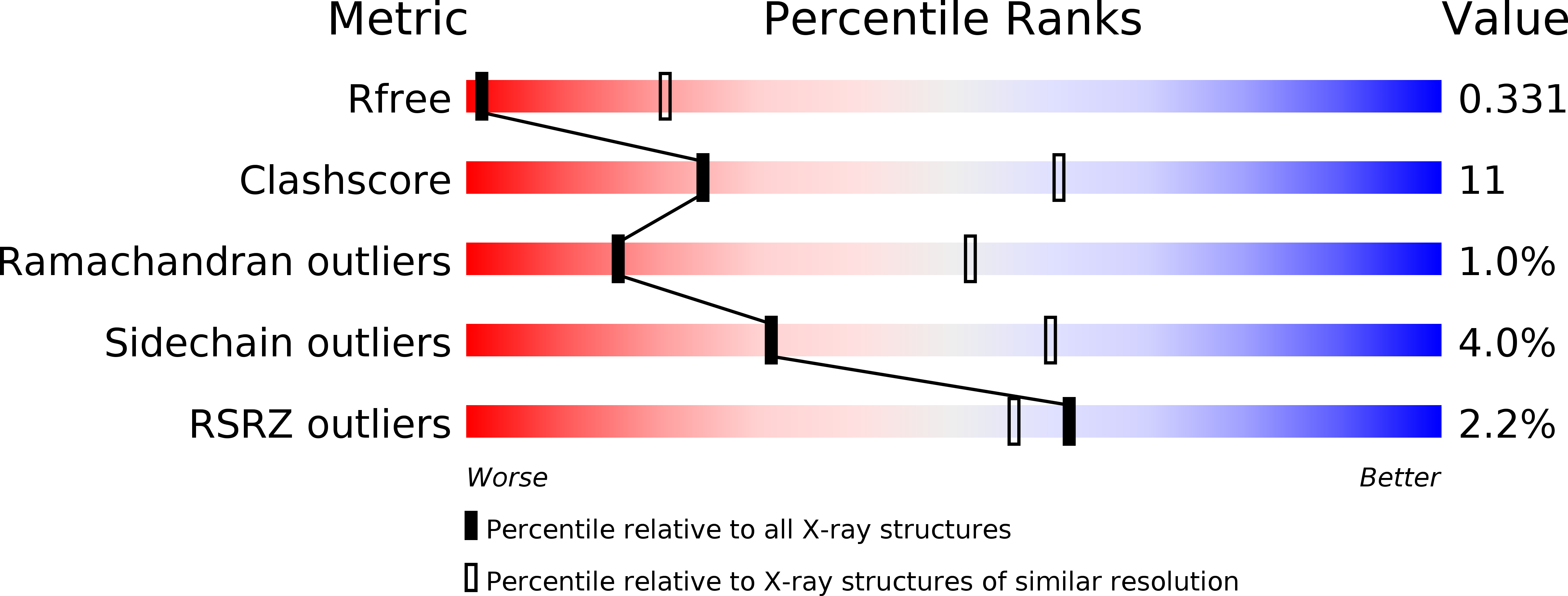
Deposition Date
2013-06-24
Release Date
2013-09-04
Last Version Date
2024-02-28
Entry Detail
PDB ID:
4LD0
Keywords:
Title:
T. thermophilus RuvC in complex with Holliday junction substrate
Biological Source:
Source Organism:
Thermus thermophilus (Taxon ID: 300852)
Host Organism:
Method Details:
Experimental Method:
Resolution:
3.75 Å
R-Value Free:
0.32
R-Value Work:
0.26
R-Value Observed:
0.26
Space Group:
P 32 2 1


